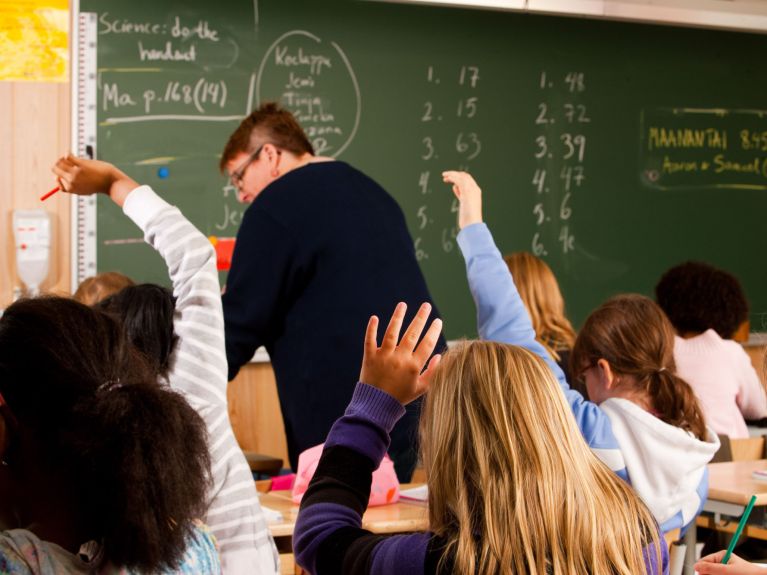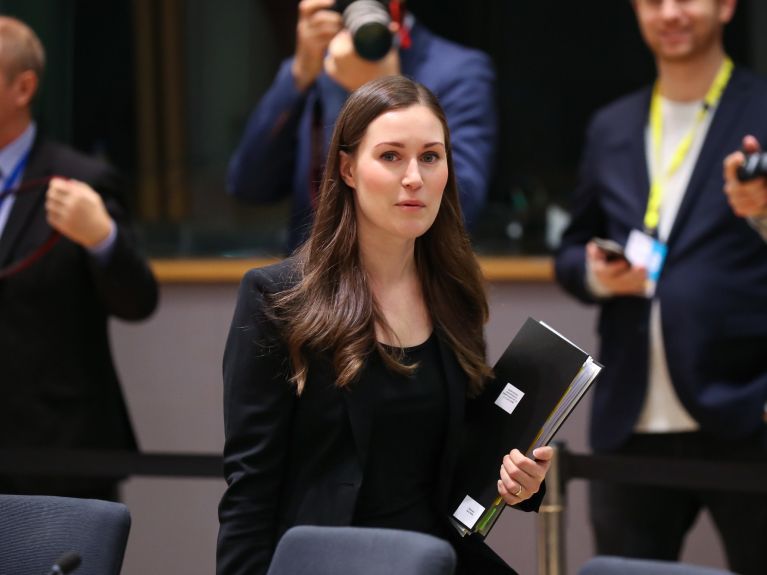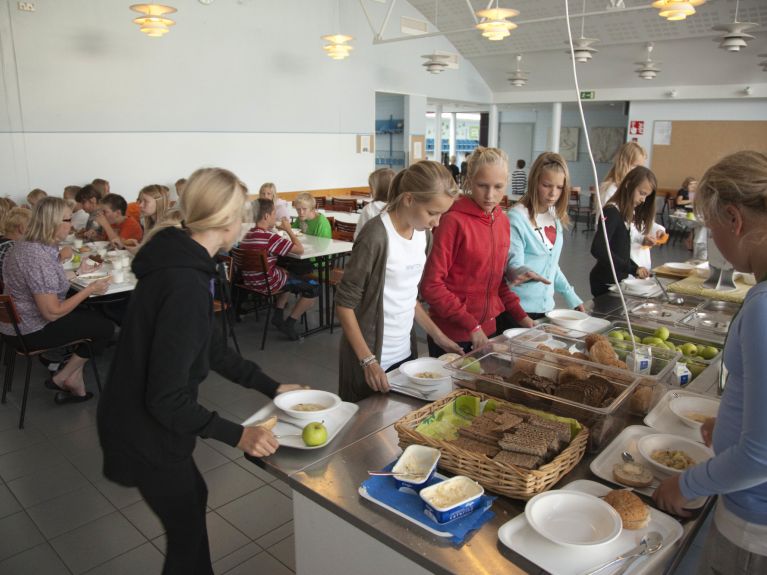What we can learn from Finland
Education first – everyone in Finland, even the prime minister, benefits from the country’s exemplary school system.

34-year-old Sanna Marin from the small town of Pirkkala can cite herself as an example when she is asked to explain the success of Finland’s school system: now a politician with the social democratic party, she grew up in a working class and educationally-disadvantaged family. When her parents divorced, she was initially raised only by her mother, until the latter’s partner moved in. Marin passed her final exams at school without any difficulties and in 2017 obtained a master’s degree in administrative science in Tampere. Just two years later, at the end of 2019, she outlined her most important objective when she took up office as the world’s youngest head of government: “Finland should be a country in which every child has the chance to make something of their life.”

When Finland topped the league table in the first Pisa study of school systems exactly two decades ago, Sanna Marin was a teenager and safely ensconced in Finland’s comprehensive school system. All-day schools are provided for the first nine years, after which more than 90 percent of youngsters opt to stay on for a further three years of secondary education. Free hot lunches for all students are standard, as are free school books.
Factors that contribute to the high level of the education system include not only careful training of teachers and considerable pedagogical freedom, but also little in the way of pressure on students to achieve high grades and a great deal of specialist help when it comes to dealing with “problem pupils”. All of this comes at a price: spending 7.1 percent of its gross domestic product on education (2015), Finland also tops the rankings in this sense.

Despite all of this, Finland began to drop significantly in the Pisa rankings a few years ago. The state and municipal education planners responded by rolling out new, more project-oriented concepts – with success, as the Pisa test shows. Such changes can be implemented more easily and more quickly in a country with five million inhabitants, relatively few immigrants and a firmly-anchored positive education consensus than in Germany, a much larger country with a federal system.
Dieses YouTube-Video kann in einem neuen Tab abgespielt werden
YouTube öffnenThird party content
We use YouTube to embed content that may collect data about your activity. Please review the details and accept the service to see this content.
Open consent formOne cause for concern in Finland is the fact that boys so noticeably underperform girls in all categories. Since Marin’s government came into power, the lead enjoyed by young women is also evident in the political sphere: all four coalition parties are headed by women, three of whom are no older than 35.
You would like to receive regular information about Germany?
Subscribe here:



